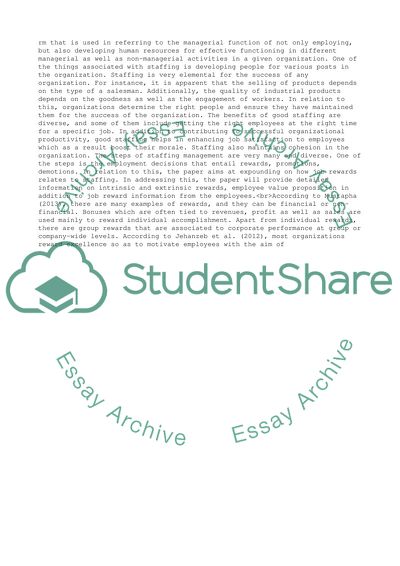Cite this document
(Literature Review on Job Rewards as it relates to staffing Research Paper, n.d.)
Literature Review on Job Rewards as it relates to staffing Research Paper. https://studentshare.org/human-resources/1878234-literature-review-on-job-rewards-as-it-relates-to-staffing
Literature Review on Job Rewards as it relates to staffing Research Paper. https://studentshare.org/human-resources/1878234-literature-review-on-job-rewards-as-it-relates-to-staffing
(Literature Review on Job Rewards As It Relates to Staffing Research Paper)
Literature Review on Job Rewards As It Relates to Staffing Research Paper. https://studentshare.org/human-resources/1878234-literature-review-on-job-rewards-as-it-relates-to-staffing.
Literature Review on Job Rewards As It Relates to Staffing Research Paper. https://studentshare.org/human-resources/1878234-literature-review-on-job-rewards-as-it-relates-to-staffing.
“Literature Review on Job Rewards As It Relates to Staffing Research Paper”. https://studentshare.org/human-resources/1878234-literature-review-on-job-rewards-as-it-relates-to-staffing.


